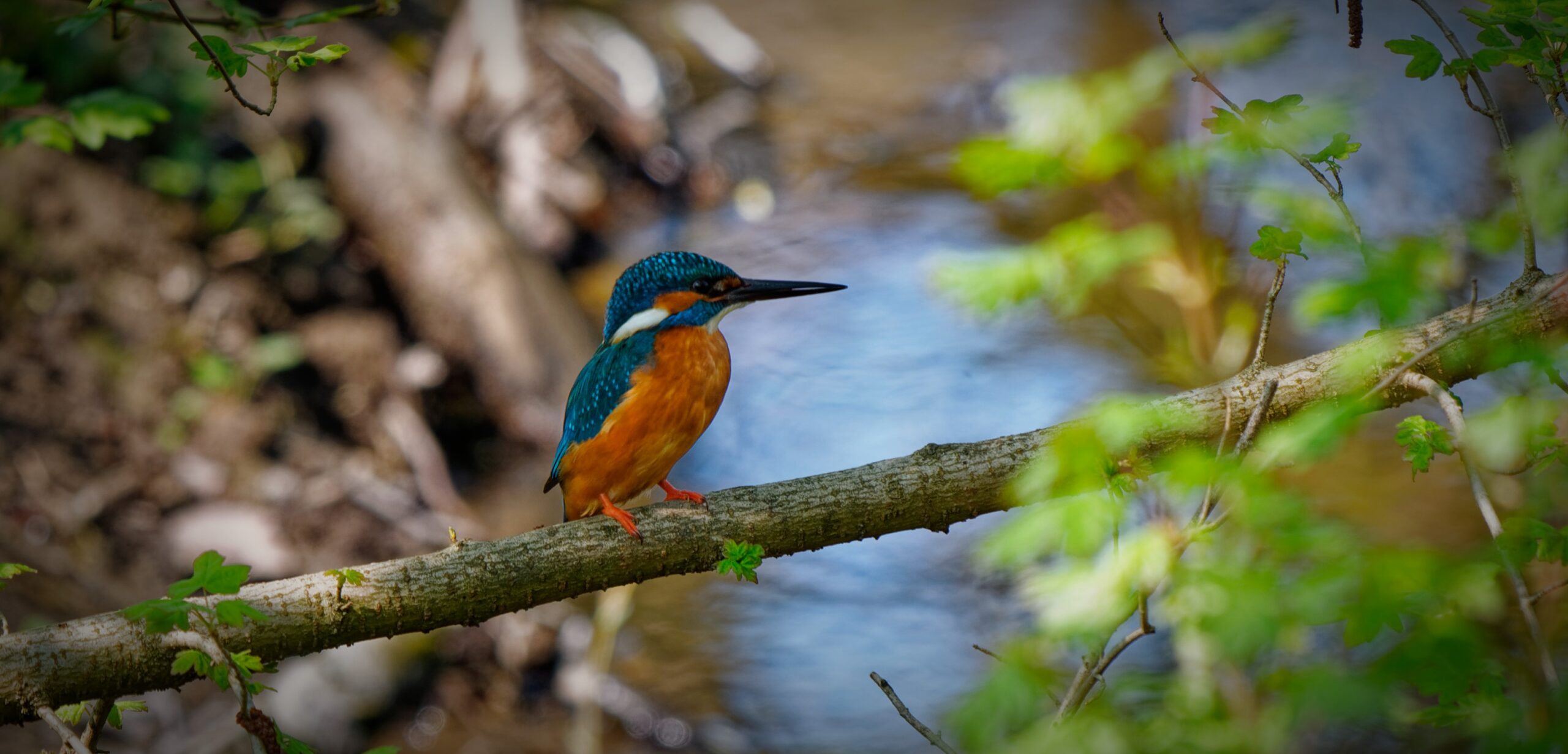We benefit from nature and wildlife in the city in multiple ways: mental health, air quality, temperature amelioration, storm water run-off, community enhancement, education, recreation, tourism….
However sometimes we really mess it up. During the COVID pandemic and lockdowns, London wildlife was hammered and wood mice and other rodents, shrews, weasels, hedgehogs, kingfishers, little owls and kestrels all retreated or disappeared from London’s River Lea. The parks were used a lot more than before, wood was used for firewood, visitors trampled the undergrowth and shorelines, loud parties disturbed nesting birds at night, and the number of dogs leapt as people dealt with the trauma of the pandemic in their own ways.
The councils and various wildlife groups spent the last 3 years rewilding the area with tree planting to stabilise riverbanks, log piles, artificial food caches and coppicing. Now the wildlife populations are getting back to levels where they were before, and ecologists are hoping to find evidence of otters, bats, rare butterflies, reptiles, amphibians and plants.
So in a city’s green spaces, the law of the countryside needs reinforcing – it’s not just “take only photos, leave only footprints” – we should have a bit of respect and appreciate our parks and woods more.
Links
The East London Advertiser: Lea Valley River filter bed wetlands 2-year restoration
BBC: Rewilding sees animals rebound in Hackney Marshes

